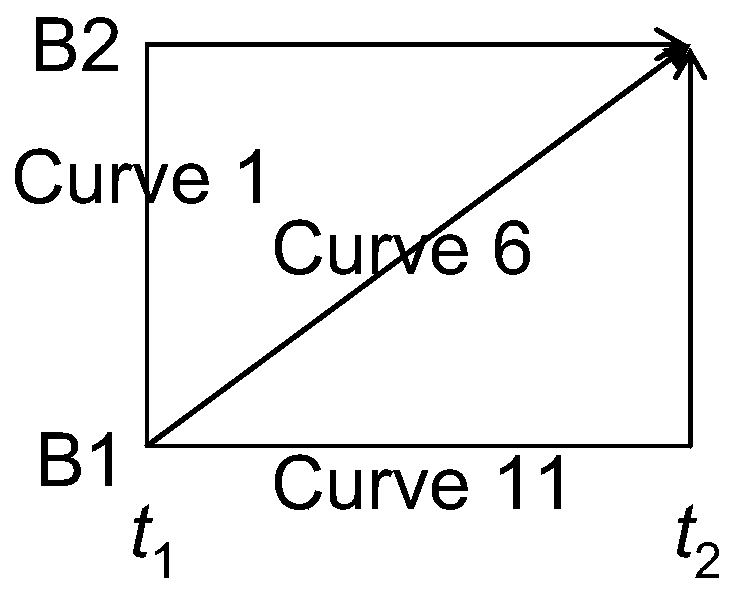Method for detecting a plurality of small molecular chemical components in Xuebijing injection
A technology of chemical composition and detection method, applied in the field of analysis of pharmaceutical composition, can solve the problem of lack of comprehensive quantitative/semi-quantitative detection of Xuebijing Injection
- Summary
- Abstract
- Description
- Claims
- Application Information
AI Technical Summary
Problems solved by technology
Method used
Image
Examples
Embodiment 1
[0204] 1. Pretreatment
[0205] The Xuebijing Injection was diluted with 50% (v / v) aqueous methanol solution and then constant volume to prepare a sample solution. The volume ratio of Xuebijing injection to solvent is 1:1-1:5000.
[0206] 2. Qualitative and quantitative analysis
[0207] Dilute safflower flavonoids, paeoniae monoterpene glycosides, salvia catechins, and at least one standard component of the fifth category of components with a solvent and then dilute to volume as the first standard solution. A total of 46 chemical components can be included in the first standard solution, see above for details.
[0208] Dilute one or more standard components of Rhizoma Chuanxiong and Angelica phthalides with a solvent and then make up to volume as the second standard solution. There are 11 kinds of chemical components that can be included in the second standard solution, see above for details.
[0209] The sample solution, the first standard solution, and the second standa...
Embodiment 2
[0218] Prepare the first standard solution whose concentration range of each component is 7.8~4000nM, carry out HPLC / MS detection respectively, take the chromatographic peak area as the ordinate (Y axis), the safflower flavonoids component, Radix Paeoniae Rubra in the corresponding first standard solution The mass concentration of monoterpene glycoside components, salvia catechin components, and the fifth type of components is the abscissa (X axis), and regression analysis is carried out to obtain the regression equation and its correlation coefficient, as shown in Table 5.
[0219]It can be seen from Table 5 that the linear relationship of the above regression equation is good when the sample is injected within the corresponding concentration range, and the correlation coefficient r>0.99. For the response signal of the target substance in the standard solution, the lowest concentration standard sample was used to repeat the injection 3 times for HPLC / MS analysis.
[0220] Tab...
Embodiment 3
[0224] To investigate the accuracy and precision of the determination methods of representative safflower flavonoids, red paeoniae monoterpene glycosides, salvia catechins, and the fifth category of ingredients in Xuebijing injection. The sample recovery rate of the analysis method is expressed by the ratio of the actual concentration of the injection component to its labeled concentration, and the precision of the analysis method is expressed by the RSD value of the analysis results of 3 test samples with the same concentration.
[0225] The representative safflower flavonoids, red paeoniae monoterpene glycosides, salvia catechins, and the fifth category were selected for determination. The specific results are shown in Table 6. It can be seen from Table 6 that the average recovery rate of the selected safflower flavonoids, paeoniae paeoniae monoterpene glycosides, salvia catechins, and the fifth type of ingredients is between 88.5-114.4%, indicating that this method can incre...
PUM
 Login to View More
Login to View More Abstract
Description
Claims
Application Information
 Login to View More
Login to View More - R&D
- Intellectual Property
- Life Sciences
- Materials
- Tech Scout
- Unparalleled Data Quality
- Higher Quality Content
- 60% Fewer Hallucinations
Browse by: Latest US Patents, China's latest patents, Technical Efficacy Thesaurus, Application Domain, Technology Topic, Popular Technical Reports.
© 2025 PatSnap. All rights reserved.Legal|Privacy policy|Modern Slavery Act Transparency Statement|Sitemap|About US| Contact US: help@patsnap.com



